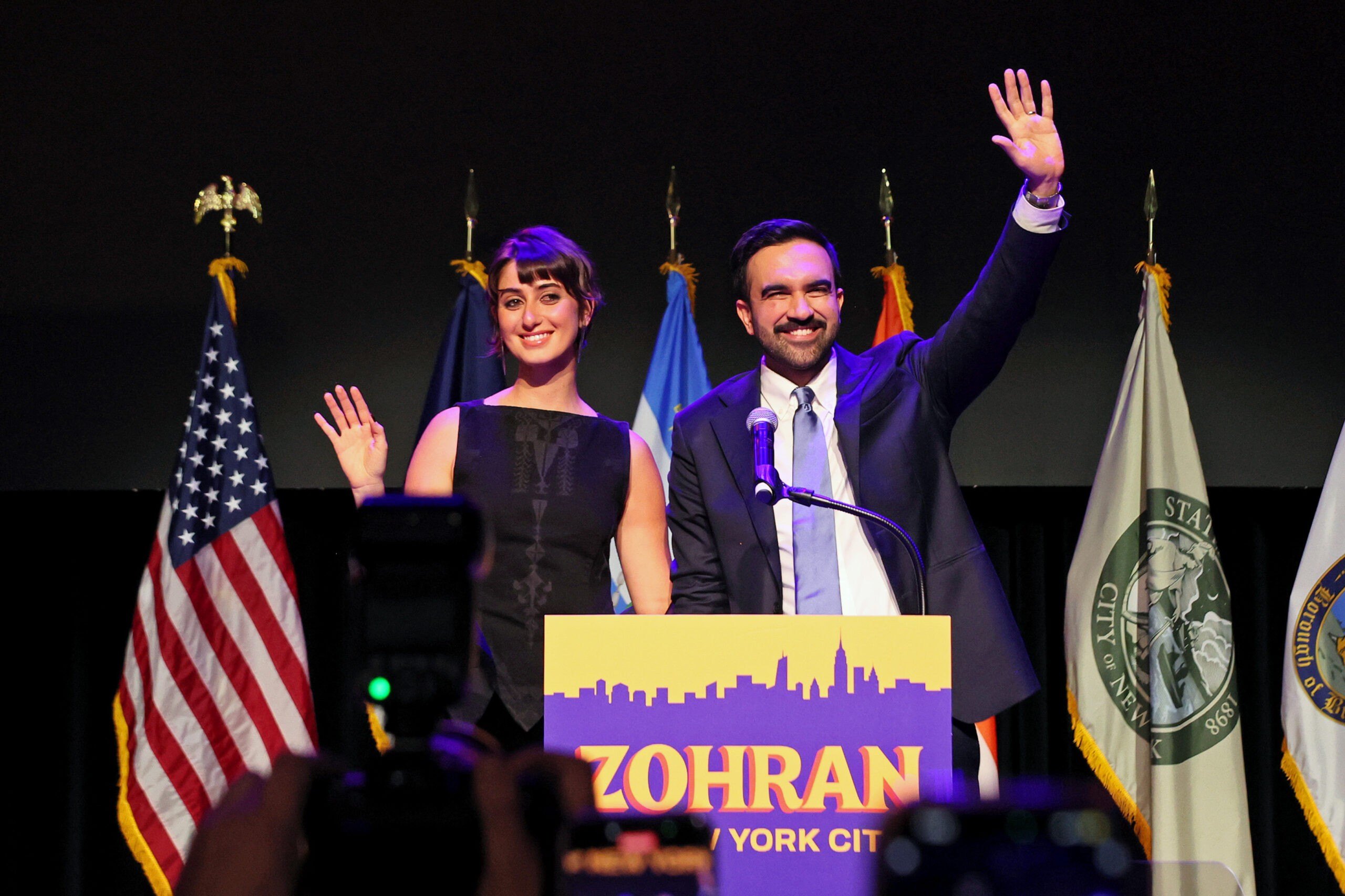Voters in New York City have approved three ballot initiatives intended to speed the construction of more residential housing units, in a step toward addressing the city’s dire housing shortage.
The amendments to the city charter appeared on the ballot Tuesday, when voters also elected Zohran Mamdani as mayor, after the progressive Democrat campaigned heavily on improving housing affordability.
“Collectively, the three ballot measures are a step in the right direction for developing affordable housing on a tighter timeline and on a smaller budget, without sacrificing quality,” says Realtor.com® senior economist Jake Krimmel. “The reforms themselves are modest rather than extreme, so don’t expect them to solve the affordability crisis on their own.”
Two of the measures create an expedited approval process for smaller-scale projects and affordable housing developments, respectively, while a third creates an appeals panel to override City Council vetos of affordable develpoments.
The new measures were bitterly opposed by the City Council, as all three eroded the power of councilmembers to block or modify proposed new developments in the districts they represent.
“These misleading ballot proposals permanently change the city’s constitution to weaken democracy,” says City Council spokesman Benjamin Fang-Estrada. “This will leave our city without the checks and balances of democracy to protect New Yorkers and ensure outcomes that prioritize them, not simply profits.”
Opponents of the measures framed them as a power grab by the mayor and wealthy developers, allowing certain projects to bypass the standard review process and removing input from councilmembers who best understand the needs of their districts.
Supporters called the measures a needed step to streamline the onerous process new developments must go through before construction begins, a process they say heavily favors large developers with deep pockets and political connections.
The ballot measures were proposed by a commission created by outgoing Mayor Eric Adams, but Mamdani remained silent on them until Election Day, when he revealed that he supported all three measures.
“Though not explicitly part of Mamdani’s housing agenda, the three measures dovetail nicely with his commitment to build 200,000 affordable housing units over 10 years,” says Krimmel. “His overall commitment to tackling housing affordability head-on depends crucially on expanding housing supply writ large—affordable and market rate alike.”
What the housing ballot measures change
The first measure makes two new processes to fast-track certain affordable housing projects: one for publicly financed affordable housing developments, and one for affordable housing developments in areas with the lowest rates of affordable development.
Both new processes are alternatives to the standard Uniform Land Use Review Procedure (ULURP), a seven-month review process, and are designed to cut approval time down to a matter of one or two months.
Qualifying projects will be eligible for final approval based on the decision of the City Planning Commission, rather than requiring City Council approval.
Similarly, the second measure simplifies the review process for “modest” new housing construction and minor infrastructure projects.
For example, a project to build a duplex on a lot previously zoned for single-family might be eligible for the expedited review process, which cuts the typical seven-month ULURP review down to a three-month timeline, and skips City Council approval.
The third measure establishes an Affordable Housing Appeals Board consisting of the council speaker, the local borough president, and the mayor.
The appeals board would be able to review and overturn any City Council actions that reject or change applications creating affordable housing.
Supporters of the measures hope they will be a positive step toward addressing New York City’s dire housing shortage, which is decades in the making.
“What I find most promising is that the reforms change process as much as they change policy. It’s plain to see the status quo was not working; a slow and convoluted process with many veto points is bound to make new construction prohibitively expensive,” says Krimmel.
Since 2014, New York City has permitted roughly 30 new homes per 1,000 residents annually, about half the rate of Boston.
The resulting shortage has contributed to the city’s housing affordability crisis, economists say.
Roughly 70% of households in New York City are renters, and Realtor.com data shows that median asking rents sit near $3,600, more than half of the typical household’s monthly pretax income.
The city’s housing vacancy rate, or the share of units that are available to rent, is near 1.4%, the lowest since 1968, making apartment hunting a challenge even for those who can afford it.
“Streamlining affordable housing reviews, giving preference to higher-density housing, and revoking councilmember veto power all represent positive supply-side developments,” says Krimmel. “I just hope they’re the first of many.”

